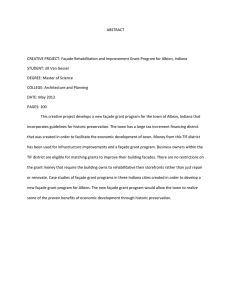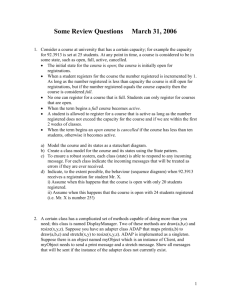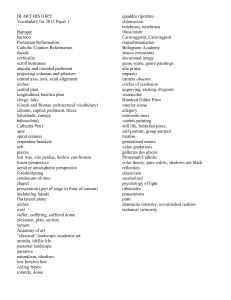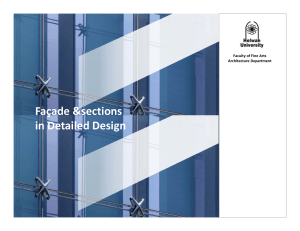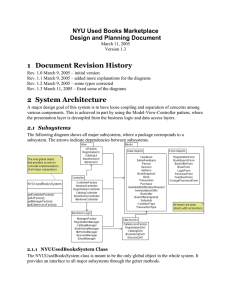Design Pattern: Facade
advertisement
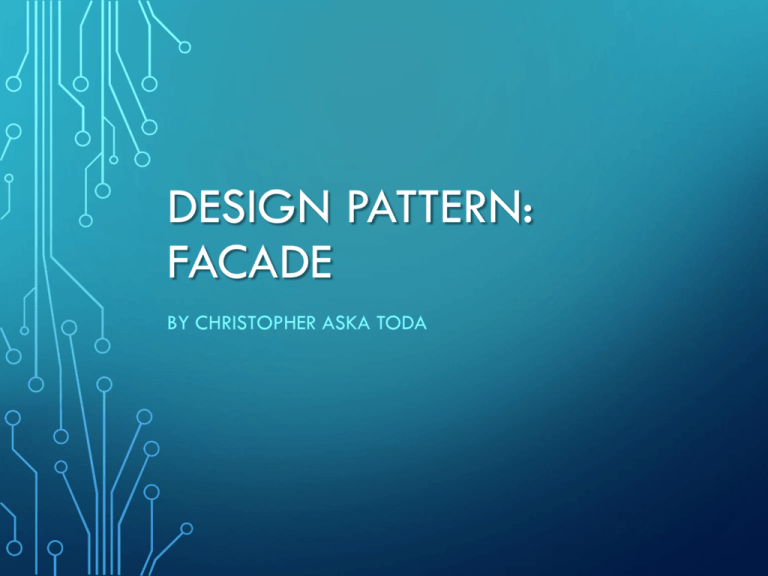
DESIGN PATTERN: FACADE BY CHRISTOPHER ASKA TODA WHAT IS FAÇADE? • Hides complexities of the system, and provides a simpler interface for ease of use and easier understanding • Defines a higher-level interface that makes the subsystem easier to use • Wrapper class containing set of required members for complicated subsystem with simpler interface • Decouples code that uses the system, easy modification PROBLEM • Operations made in sequence, where same action is required in multiple places within application • Modification will be a pain by changing code in different places SOLUTION • Create a lead controller that handles all of the repeating codes. • Call the lead controller, based on the parameters provided, to perform actions • Just change the lead controller, to make changes of the code in the process EXAMPLE EXAMPLE (CONT’D) EXAMPLE 2 EXAMPLE 2 (CONT’D) KEYPOINT(S) • Façade: Makes complex interface easier to use, using a Façade class. • Complex system: Large number of interacting components, and code that is hard to understand • Interface: Shared boundary across which two separate components of a computer system exchange information • Decouple: Relationship in which one module interacts has less interdependency with another module
